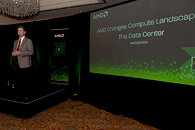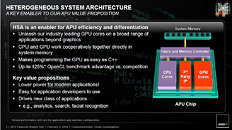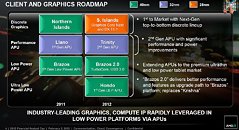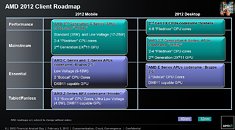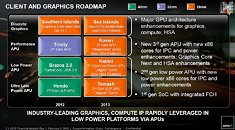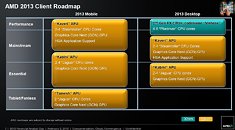Tensilica Joins HSA Foundation
Tensilica, Inc. today announced that it has joined the HSA (Heterogeneous System Architecture) Foundation, a not-for-profit consortium dedicated to developing architecture specifications that will unlock the performance and power efficiency of parallel computing engines found in many modern devices. Tensilica will contribute its years of experience assisting customers in bringing heterogeneous multicore SoC (system-on-chip) designs to market to the development and promotion of standards for parallel computing.
"Tensilica is a long-established leader in multicore technology, delivering unique solutions that enable both control plane and compute-intensive dataplane functions," stated Steve Roddy, Tensilica's vice president of product marketing and business development. "Tensilica customers today use multiple Tensilica processors for diverse functions such as audio offload, wireless baseband, image processing and general purpose control. We welcome the efforts and ambitions of the HSA to bring standards to the market that will greatly facilitate innovation in embedded applications."
"Tensilica is a long-established leader in multicore technology, delivering unique solutions that enable both control plane and compute-intensive dataplane functions," stated Steve Roddy, Tensilica's vice president of product marketing and business development. "Tensilica customers today use multiple Tensilica processors for diverse functions such as audio offload, wireless baseband, image processing and general purpose control. We welcome the efforts and ambitions of the HSA to bring standards to the market that will greatly facilitate innovation in embedded applications."



